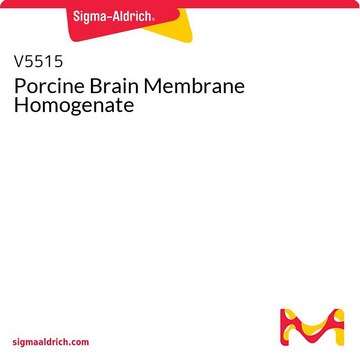Recommended Products
product name
GPNT, from rat brain, 09061601
biological source
rat brain
growth mode
Adherent
karyotype
Not specified
morphology
Fusiform
products
GPNT cells express tight junction proteins
receptors
P-glycoprotein, PECAM-1, ICAM-1, VCAM-1 Glut-1, transferrin receptor, MHC class I
technique(s)
cell culture | mammalian: suitable
shipped in
dry ice
Cell Line Origin
An immortalised Lewis rat brain vascular endothelial cell line
Cell Line Description
GPNT was derived from the immortalised rat brain endothelial cell line GP8 by lipofectin-mediated transfection with a vector containing the puromycin resistance gene. GPNT exhibits a non-transformed phenotype.
DNA Profile
Not specified
Culture Medium
Hams F10 + 10% Heat-inactivated FCS + 2 mM Glutamine + 2 ng/ml basic fibroblast growth factor + 80 μg/ml heparin. All plasticware is pre-coated for several hours with collagen (Type I from calf skin) at 10μg/cm2 from a 0.01% solution in acetic acid. After removal the coated plasticware is exposed to a mMonia vapour for 5 min. Plasticware must be rinsed thoroughly with PBS prior to use.
Subculture Routine
Split sub-confluent cultures (70-80%) 1:4 to 1:10 , i.e., seeding at 3 x 10,000 cells/cm2 using 0.05% trypsin or trypsin/EDTA; 5% CO2; 37 °C. Population doubling approx 10hrs.
Other Notes
Additional freight & handling charges may be applicable for Asia-Pacific shipments. Please check with your local Customer Service representative for more information.
Disclaimer
This cell line has special release conditions: Commercial organisations are required to complete the ′Cell Line Release Authorisation for Research Use in Commercial Organisations′ release conditions form.
Certificates of Analysis (COA)
Search for Certificates of Analysis (COA) by entering the products Lot/Batch Number. Lot and Batch Numbers can be found on a product’s label following the words ‘Lot’ or ‘Batch’.
Already Own This Product?
Find documentation for the products that you have recently purchased in the Document Library.
Our team of scientists has experience in all areas of research including Life Science, Material Science, Chemical Synthesis, Chromatography, Analytical and many others.
Contact Technical Service